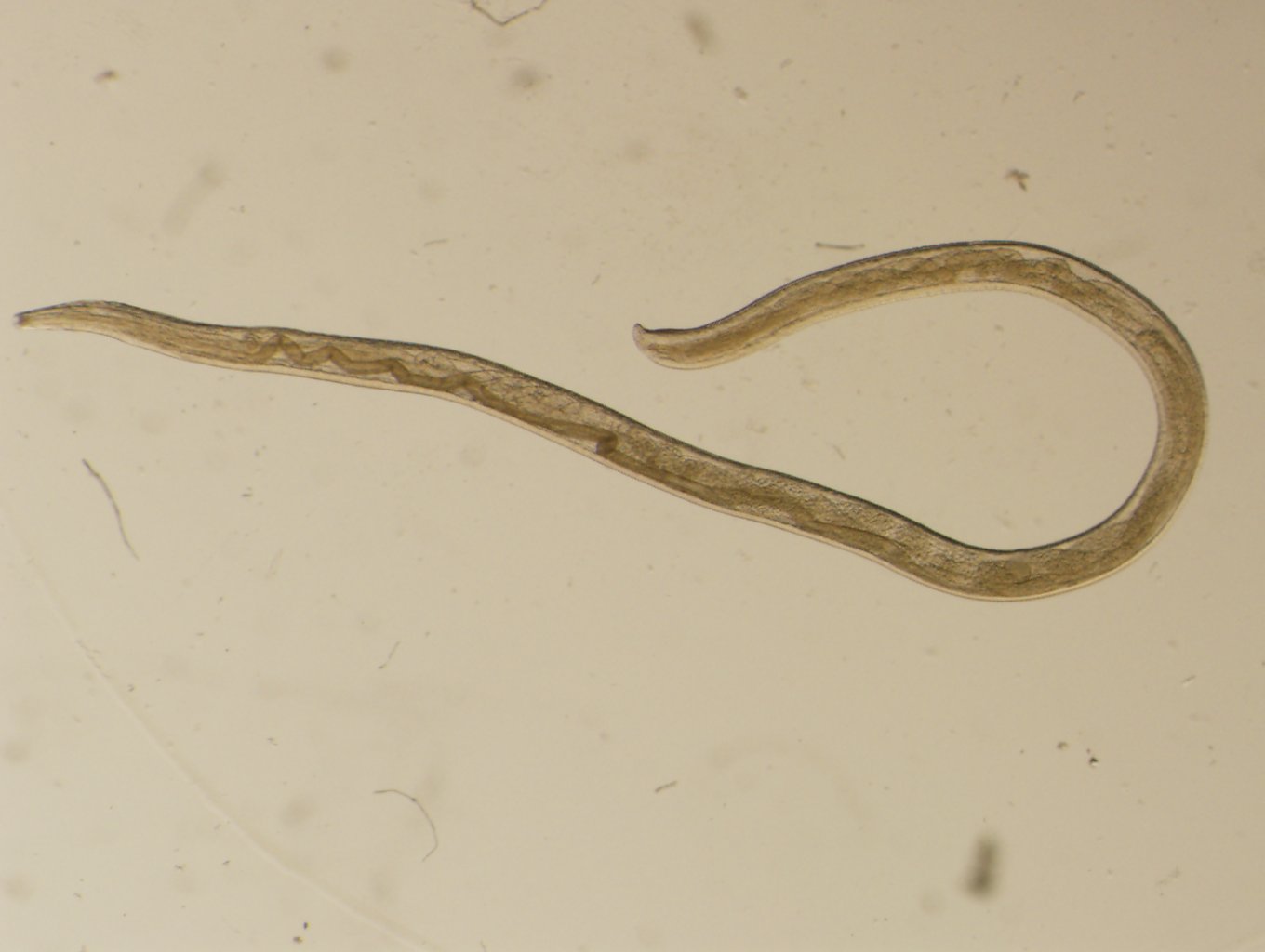

Contact lens wearers beware: your daily habits may be riskier than you thought. According to a report published earlier this month, a 41-year-old woman in the UK recently lost the sight in her left eye after swimming and showering in contacts.
For two months she endured pain, blurry vision, and sensitivity to light. When she made it to Manchester Royal Eye Hospital there was a large ring shape in her left eye and a hazy layer over her cornea, according to a report published in the New England Journal of Medicine. While she tested with 20/20 vision in her right eye, her left eye was 20/200—legally blind, by US standards.
Once she told doctors she routinely kept her contacts in while swimming and showering, they knew exactly what to test her for.
Acanthamoeba keratitis is a painful infection of the cornea—the clear dome over the colored part of your eye that focuses light—caused by a protozoa called Acanthamoeba polyphaga. The pest is common in nature, according to the Centers for Disease Control, and particularly prevalent in soil, air, and fresh water.
“It can be anywhere,” says Leela Raju, an ophthalmologist and cornea specialist at NYU. Pools, hot tubs, showers, and even containers of old saline solution can provide a comfortable home for the organisms to grow in. Around 85 percent of people who contract the infection are contact lens users, according to a 2006 study, and it’s one of the reasons you shouldn’t disinfect your contacts with tap water.
These single-celled organisms are tiny enough to enter the human cornea through small abrasions. Experts think the little critters may hitch a ride on contact lenses kept in contaminated saline (or touched by dirty fingers on their way to the eyeball). They might also be able to latch onto lenses when you shower or swim more easily than they could typically grab onto an unadorned eye. It’s also possible that contacts inflict tiny injuries that give the protozoa a point of entrance, according to the CDC.
The infection causes permanent corneal scars, which prevent proper light filtering and ultimately lead to vision loss. The woman featured in this recent case study underwent a cornea transplant a year after her initial treatment, which improved the vision in her left eye from 20/200 to 20/80. But recovery isn’t quick or easy.
“There are ways to improve the scarring,” Raju says, “It’s just a long road, for something that’s totally preventable.”
The best way to prevent this condition is to practice good contact care. Don’t swim, shower, or sleep in your contacts, and never re-use saline solution. Always empty and dry your contact case before adding new liquid. Officials aren’t sure exactly how long it takes the infection to set in and do damage, so the best protocol is to take your contacts out as soon as something feels wrong.
“Contacts are generally very comfortable,” she says. “So when they feel off—uncomfortable or blurry—leave them out.” If your eye continues to feel strange after you’ve had a break from your contacts, don’t hesitate to go to a doctor.
But don’t get too worried: Acanthamoeba keratitis is rare. In the U.S. there are just one to two cases per 1 million contact users annually. And the best news is that we can avoid it. “But a little bit of concern is good,” Raju says. “Contacts are great as long as we take care of them, but we have to remember it’s still plastic. We don’t need them in our eye 24/7, 365.”







